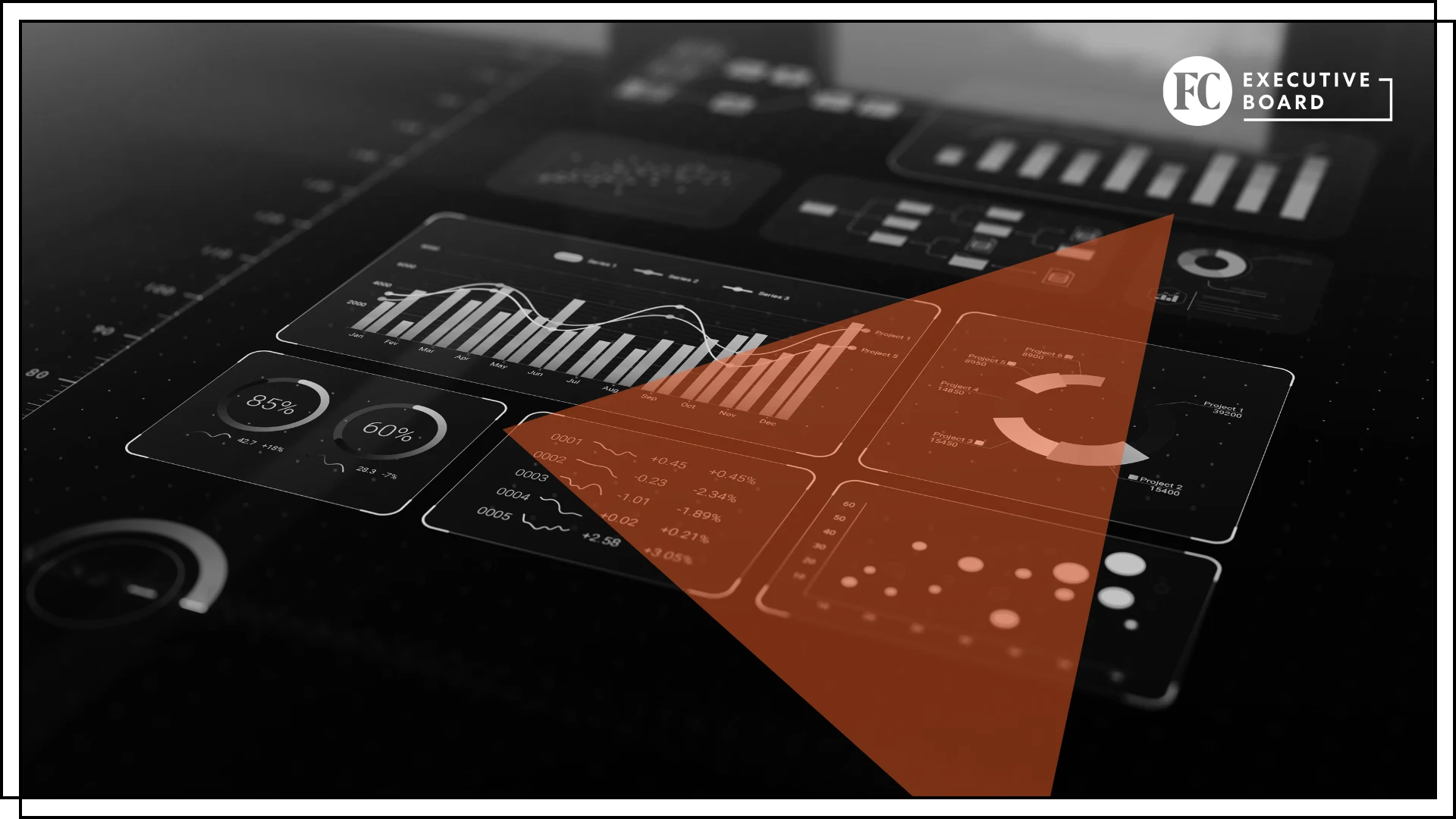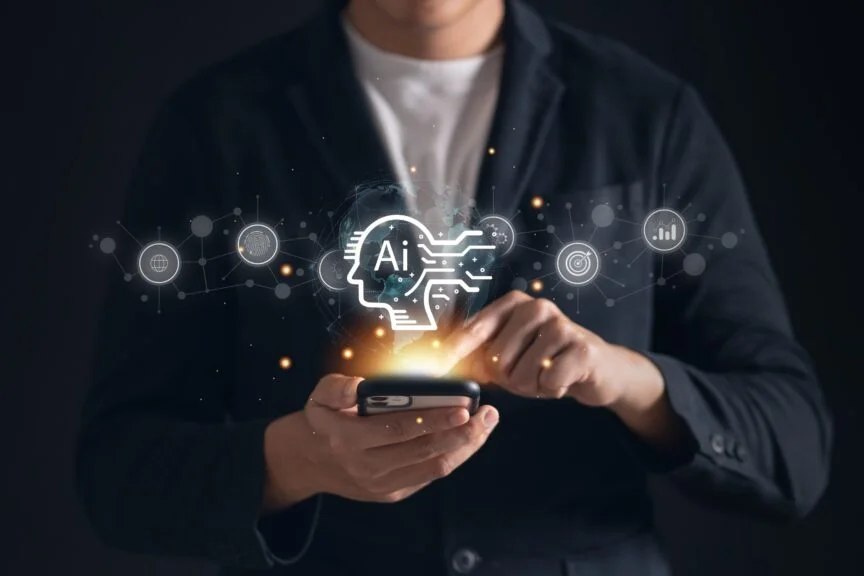
Executive decision makers always strive to make smarter, better decisions—faster. They want instant access to critical information. They want to see the unseen trends and anomalies. They want to solve the problem threatening the business now and prevent the next 10 from ever becoming threats. There is no shortage of will or ability to improve the quality and speed of decision making, but sometimes, tools designed to help them either don’t or just can’t anymore.
IT dashboards that became common in the early 2000s were neither architected nor built for the machine learning and artificial intelligence era. Even modern dashboards use incomplete information and lack comprehensive situational awareness across the vast digital ecosystem. Today’s network operations center (NOC) can only be managed by AI and might have as many as 80 tools feeding into its dashboard. The same is true of the security operations center (SOC).
The pursuit of the “single pane of glass” with all the answers was a noble pursuit that never came to fruition. Today, the developers behind nearly all these tools are adding new layers of AI capabilities that consume and generate vast new streams of operational data. These volumes are so large and dynamic that only AI can keep pace, interpret patterns, and act in real time.
The complexity that drove technology to move from command lines to dashboards must evolve again. The next generation of network and security operations leaders won’t interact with their environment through dashboards. They’ll do it through natural language. And today’s modern IT executive needs to know if things are “okay,” but also more importantly, understand the impact to the business.
Subscribe to the Daily newsletter.Fast Company’s trending stories delivered to you every day
Privacy Policy
|
Fast Company Newsletters
WHY DASHBOARDS WILL DIE
Dashboards once gave teams a sense of control. They promised a purported single view of the truth. But their shortcomings are becoming more evident by the day. Many dashboards still rely on thresholds and alerts triggered after a problem has already begun. The data is often siloed, with network metrics in one place and security logs in another, making it nearly impossible to see the big picture in real time.
When those dashboards do light up, they often overwhelm operators with noise. Thousands of low-level alerts, many irrelevant or duplicative, force analysts to spend more time chasing false positives than addressing real issues. Meanwhile, modern infrastructure—spanning microservices, containers, and multiple cloud environments—outpaces the static nature of traditional tools.
What’s missing is business context, because most dashboards are using a small subset of all the enterprise data that may exist over time, or at a point in time, which is essential to true knowledge and understanding. Analysts might see a server running hot, but not that it’s tied to a customer-facing application about to fail a critical service level agreement. Current AI can prioritize incidents by business impact and recommend immediate action, but if the tools feeding it are not designed for that purpose, and the data it relies upon is incomplete at best, the recommendations are not just flawed, but potentially dangerously so.
THE NEXT INTERFACE
Today’s network operations center may look nothing like it did decades ago, but it still runs on the same underlying TCP/IP foundations. Those foundations are now buried under layers of tools, integrations, and interfaces added with each new wave of technology. As data volumes, velocity, and variety grow, the cost of lost time grows with them. Resiliency now depends on detecting problems quickly and identifying which ones will significantly impact the business.
IT teams need to see and discover things differently today, and there is a need for an interface for the next generation of leaders. Many will have grown up after the iPhone came into existence, in a world where answers are expected instantly and in plain, natural language. Most use AI in their personal and professional lives every waking day. This newer generation of innovators will not spend time digging through dashboards, trying to connect all the dots on partial truths. Their role becomes the brains, fact-finders, and conscience of AI-generated findings, validating, interpreting, and explaining them to stakeholders. They will expect to ask precise questions and get clear, actionable answers quickly.
That expectation will be met through large language models and retrieval augmented generation tuned for the demands of network and security operations. This next-generation, AI-driven observability platform will feature optimized systems trained on an enterprise’s operational patterns. Interacting with operators, these systems can process massive, fast-changing datasets and return accurate, context-rich, real-time answers to provide business context across technical, operational, and financial telemetry.
The attributes will include search and AI-driven analytics that start with natural language queries that anyone can ask, with or without a deep technical skillset, and get immediate answers. Automated insights will rapidly provide trends, anomalies, and suggestions. Embedded analytics will be integrated into the tools employees use daily. And, last but not least, analytics will be tailored to a user’s role, location, and objectives with contextual personalization.
Organizations that design for speed, clarity, and business impact now will be ready for the future. The NOC or SOC will become a place where people and AI work collaboratively using conversational language to keep the enterprise running. It will be a place where high-impact problems are spotted before they spread, decisions are made in seconds instead of minutes or hours, operational resilience is built into every interaction, and nobody uses a dashboard to make critical business decisions.
Sanjay Munshi is COO of NETSCOUT.



